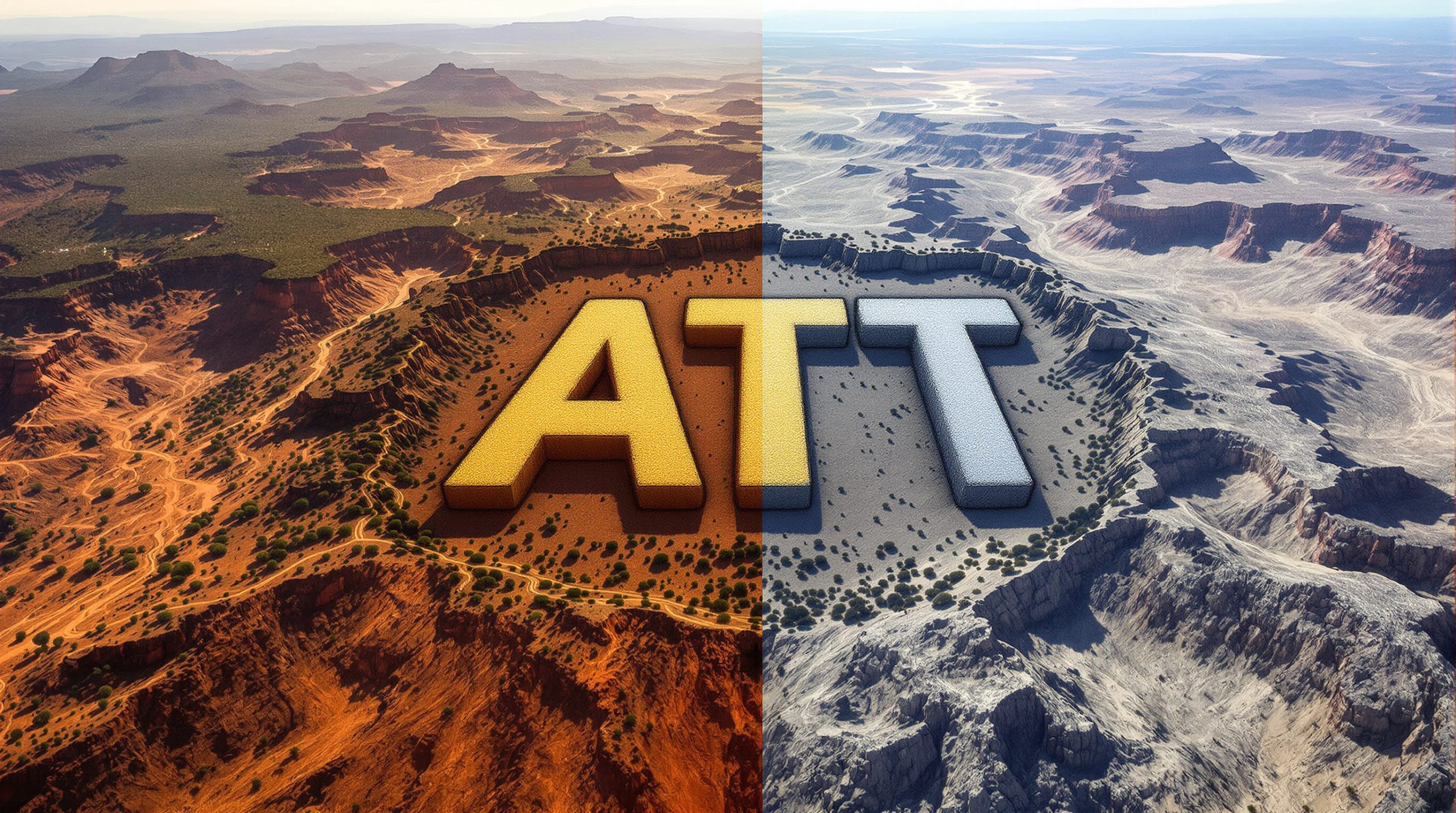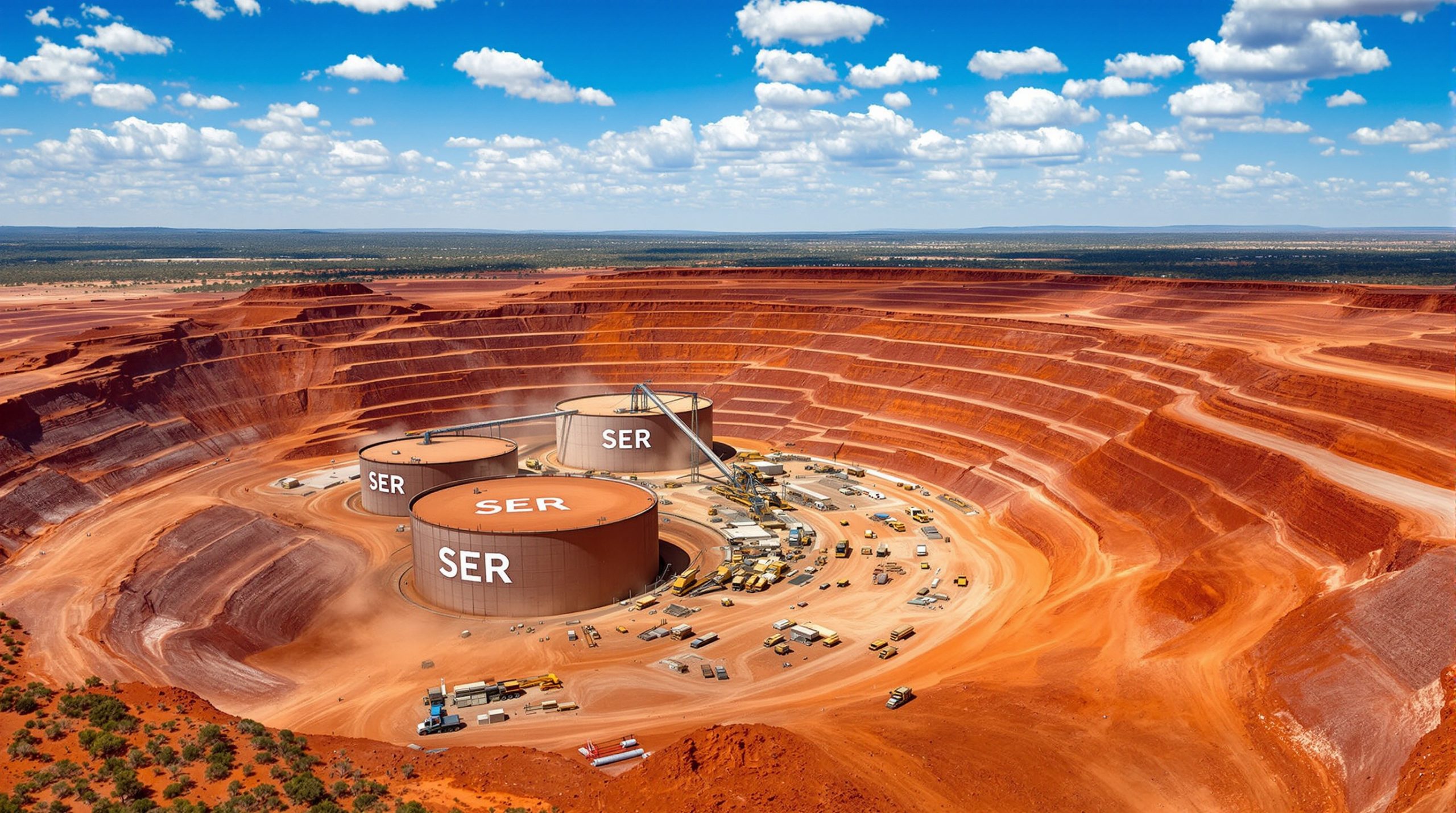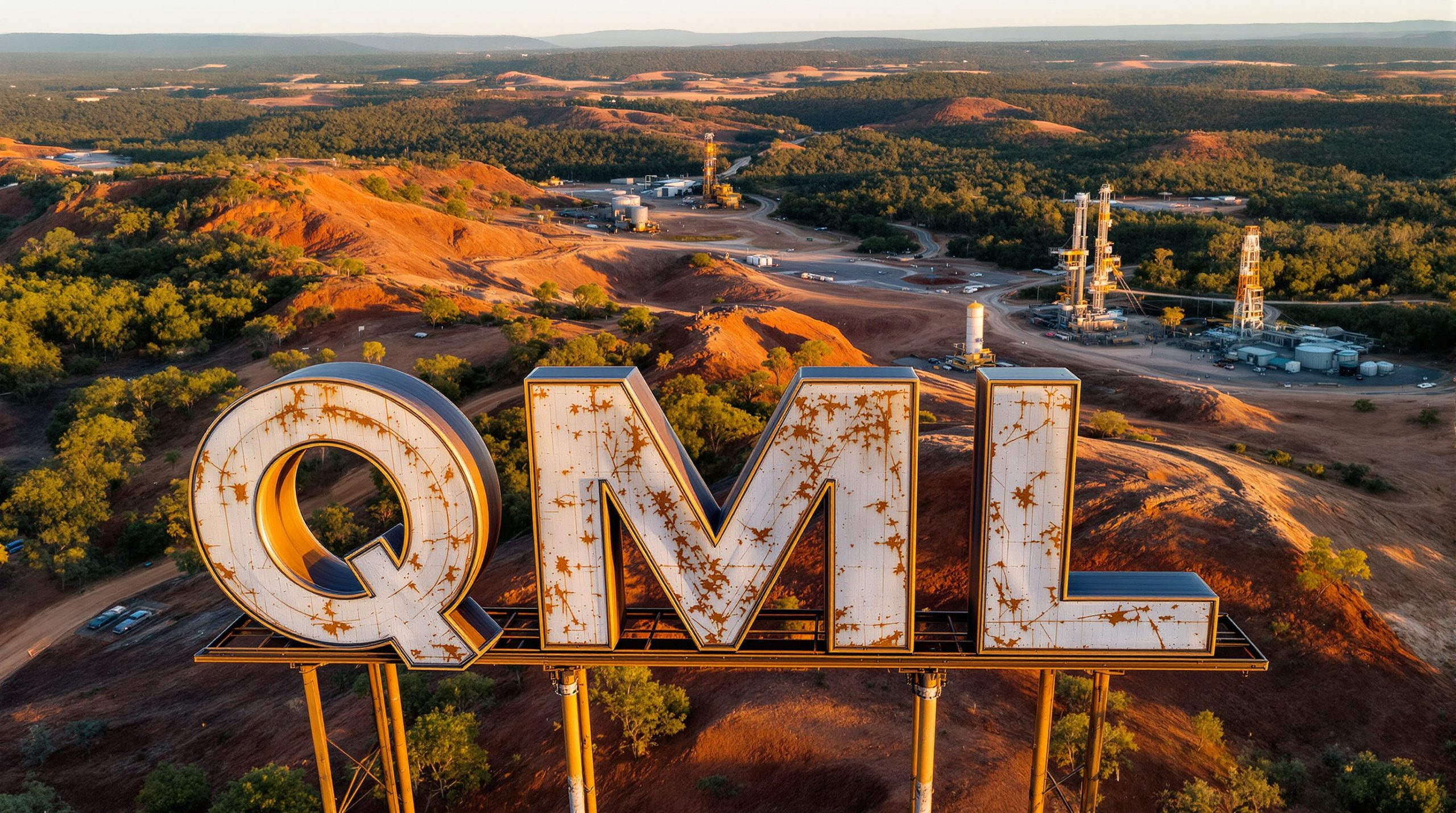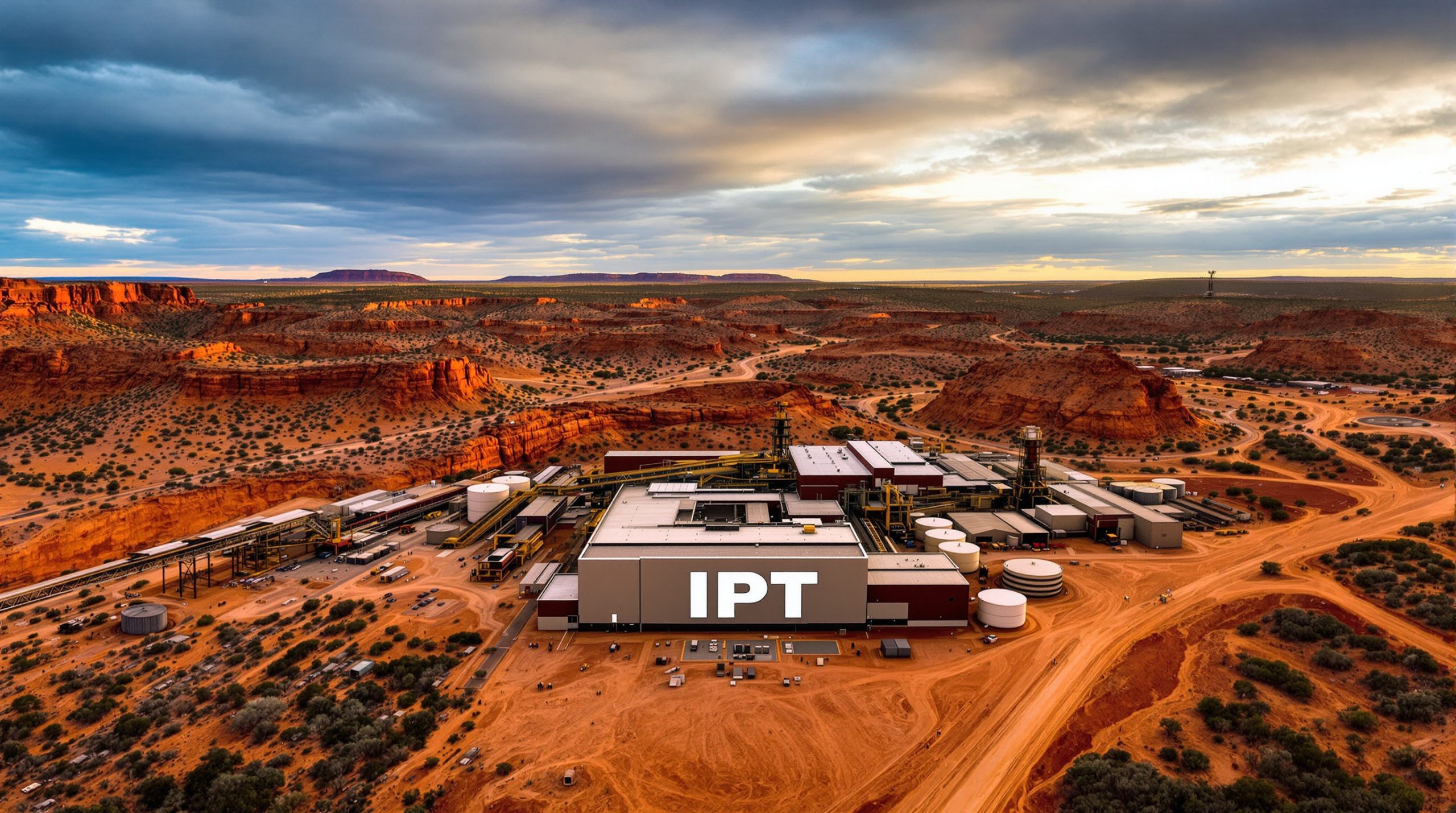OD6 Metals Receives Second Drilling Approval for Gulf Creek Copper Project
OD6 Metals (ASX: OD6) has secured a second approval from the NSW Resources Regulator for its Phase 2 drilling permit Gulf Creek OD6 Metals at the Gulf Creek Copper Project, positioning the company to expand exploration efforts across multiple promising targets.
The approval permits an additional 7 RC and Diamond drill holes totaling approximately 2,500 metres, complementing the previously approved 18 holes totaling 5,000 metres. This comprehensive Phase 2 drilling program will target potential repeat structures identified through magnetic modelling, which has revealed a strong correlation between magnetism and massive sulphides at the historically high-grade copper-zinc site.
Expanding Exploration Across Multiple High-Potential Targets
The newly approved drilling program focuses on several key areas:
- The Big Bend target, a potential repeat structure with similar magnetic signatures to the original Gulf Creek mining area
- Follow-up deep drilling near the successful maiden drilling program
- Previously untested prospects including North West and West Limb targets
These targets represent just a portion of more than 3 kilometres of untested strike in the immediate mine stratigraphy, highlighting the significant exploration potential at Gulf Creek.
"With the second, Phase 2 drilling permit Gulf Creek OD6 Metals now in place, the Company is now permitted to commence works at the Big Bend, North West and West Limb targets, plus follow up deep drilling below the historic mining area at Gulf Creek," said Brett Hazelden, Managing Director of OD6 Metals.
"The Big Bend, North West and West Limb targets are believed to be potential repeat VMS zones, which exhibit similar geophysical signatures to the original Gulf Creek mining area. These substantial magnetic anomalies form part of more than 3km of untested strike near the old mine."
Building on Historic High-Grade Production
Gulf Creek holds a distinguished place in Australian mining history, once regarded as the highest-grade copper mine in New South Wales, with copper grades ranging from 2% to 6.5% Cu before its closure in 1912 due to weak copper prices.
The project has seen minimal exploration over the past century, creating an opportunity for OD6 to apply modern exploration technologies to a historically productive mining district. The company's recent maiden drilling permit Gulf Creek OD6 Metals program successfully confirmed the presence of high-grade copper, zinc, and silver mineralisation.
Understanding VMS Deposits and Magnetic Signatures
Volcanogenic Massive Sulphide (VMS) deposits like Gulf Creek are sought-after exploration targets due to their typically high grades and polymetallic nature. These deposits form in submarine volcanic environments and often contain economically significant concentrations of copper, zinc, lead, silver, and gold.
What Makes VMS Deposits Important
VMS deposits are an important source of copper, zinc, lead, silver, and gold, and in some cases can also contain significant amounts of cobalt, tin, selenium, manganese, cadmium, indium, bismuth, and mercury. These deposits typically form on or near the ocean floor through hydrothermal activity associated with submarine volcanism.
Key characteristics of VMS deposits include:
- Formation Process: They develop when hot, metal-rich fluids from volcanic activity discharge onto the seafloor or into near-surface environments, depositing sulphide minerals.
- Structure: Typically lens-shaped or stratiform bodies of sulphide minerals that formed at or near the seafloor in submarine environments.
- Metal Zonation: Often display metal zonation, with copper-rich zones near the vent source and zinc-lead-rich zones further away.
- Economic Significance: VMS deposits are significant contributors to global metal production, providing approximately 22% of the world's zinc, 6% of the copper, 9% of the lead, 8% of the silver, and 2% of the gold.
What makes the Gulf Creek project particularly interesting is the strong relationship between footwall magnetism and massive sulphides. This association allows geophysical techniques to identify potential mineralised zones through magnetic signatures, essentially providing a detectable pattern that can be tracked across the project area.
The company's magnetic modelling has identified several targets with signatures mirroring those at the original Gulf Creek mining area, suggesting potential repeat structures along strike that have never been drill-tested.
Upcoming Exploration Timeline
With both drilling permit Gulf Creek OD6 Metals approvals now secured, OD6 Metals is positioned to accelerate exploration at Gulf Creek with:
- Initial drilling at the North West and West Limb targets under the first approval
- Follow-up deep drilling near the historical mining area under the second approval
- Testing of the Big Bend target under the second approval
While specific timing hasn't been disclosed, the company now has all necessary regulatory permissions to commence this expanded drilling program, representing a significant milestone in advancing the Gulf Creek project.
OD6's Diversified Critical Minerals Portfolio
OD6 Metals has established a strong position in the critical minerals sector with two flagship projects:
Gulf Creek Copper Project (NSW)
- Historical high-grade copper-zinc VMS deposit
- Over 3km of untested strike in immediate mine stratigraphy
- Over 10km of prospective strike across the tenement
Splinter Rock Rare Earths Project (WA)
- Australia's largest and highest-grade clay-hosted rare earths deposit
- Indicated Resource of 119Mt @ 1,632ppm TREO
- Inferred Resource of 563Mt @ 1,275ppm TREO
- Approximately 23% high-value Magnetic Rare Earths
This diversified approach provides OD6 with exposure to both copper, a metal essential for renewable energy infrastructure, and rare earth elements, which are critical components in permanent magnets used in electric vehicles and wind turbines.
The Critical Role of Copper in the Green Energy Transition
Copper is emerging as one of the most important metals for the global transition to renewable energy and electrification. Its exceptional electrical conductivity, durability, and recyclability make it an essential component in numerous green technologies.
Applications in Renewable Energy
-
Electric Vehicles: An average electric vehicle requires approximately 83kg of copper, nearly four times the amount used in conventional internal combustion vehicles (23kg). This copper is used in batteries, wiring, motors, and charging infrastructure.
-
Renewable Energy Generation: Wind and solar power systems are significantly more copper-intensive than traditional power generation:
- Wind farms require approximately 5,400kg of copper per megawatt
- Solar photovoltaic systems need about 5,000kg of copper per megawatt
- In comparison, conventional power generation uses only about 1,000kg per megawatt
-
Power Infrastructure: The transition to a renewable energy grid requires substantial copper for transmission lines, transformers, and energy storage systems.
Supply-Demand Outlook
The International Energy Agency (IEA) has projected that to meet climate goals, copper demand for clean energy technologies alone could increase by nearly 600% by 2040. This demand growth, coupled with declining ore grades at existing mines and limited new discoveries, has led many analysts to forecast potential supply constraints in the coming decades.
High-grade copper deposits like Gulf Creek could potentially become increasingly valuable in this market environment, particularly if OD6 can demonstrate resource expansion through its current exploration program.
Why Investors Should Follow OD6 Metals
OD6 Metals presents a compelling investment case for several key reasons:
-
Advancing a historically high-grade copper project – Gulf Creek's past production featured copper grades of 2-6.5%, significantly higher than many current producing mines.
-
Substantial untested exploration potential – With over 3km of untested strike in the immediate mine stratigraphy, the company has multiple targets to potentially expand the resource base.
-
Dual exposure to critical minerals – The company's portfolio spans both copper (essential for electrification) and rare earth elements (crucial for permanent magnets and clean energy technologies).
-
Australia's largest clay-hosted rare earths deposit – The Splinter Rock Project provides significant scale with 682Mt of combined Indicated and Inferred resources.
-
Strong technical approach – The company's use of advanced geophysical modelling to identify repeat structures demonstrates a sophisticated exploration methodology.
The regulatory approvals for Phase 2 drilling permit Gulf Creek OD6 Metals represent a significant milestone, allowing OD6 to accelerate exploration efforts across multiple promising targets at Gulf Creek while maintaining optionality through its diversified critical minerals portfolio.
Ready to Explore a High-Grade Copper Opportunity?
Want to learn more about OD6 Metals' promising Gulf Creek Copper Project with its historically high-grade copper-zinc deposit and over 3km of untested strike potential? Or perhaps you're interested in their Splinter Rock Rare Earths Project – Australia's largest clay-hosted rare earths deposit? Visit OD6 Metals' website today to discover how this ASX-listed company is strategically positioned in the critical minerals sector with exposure to both copper and rare earth elements essential for the global green energy transition.




